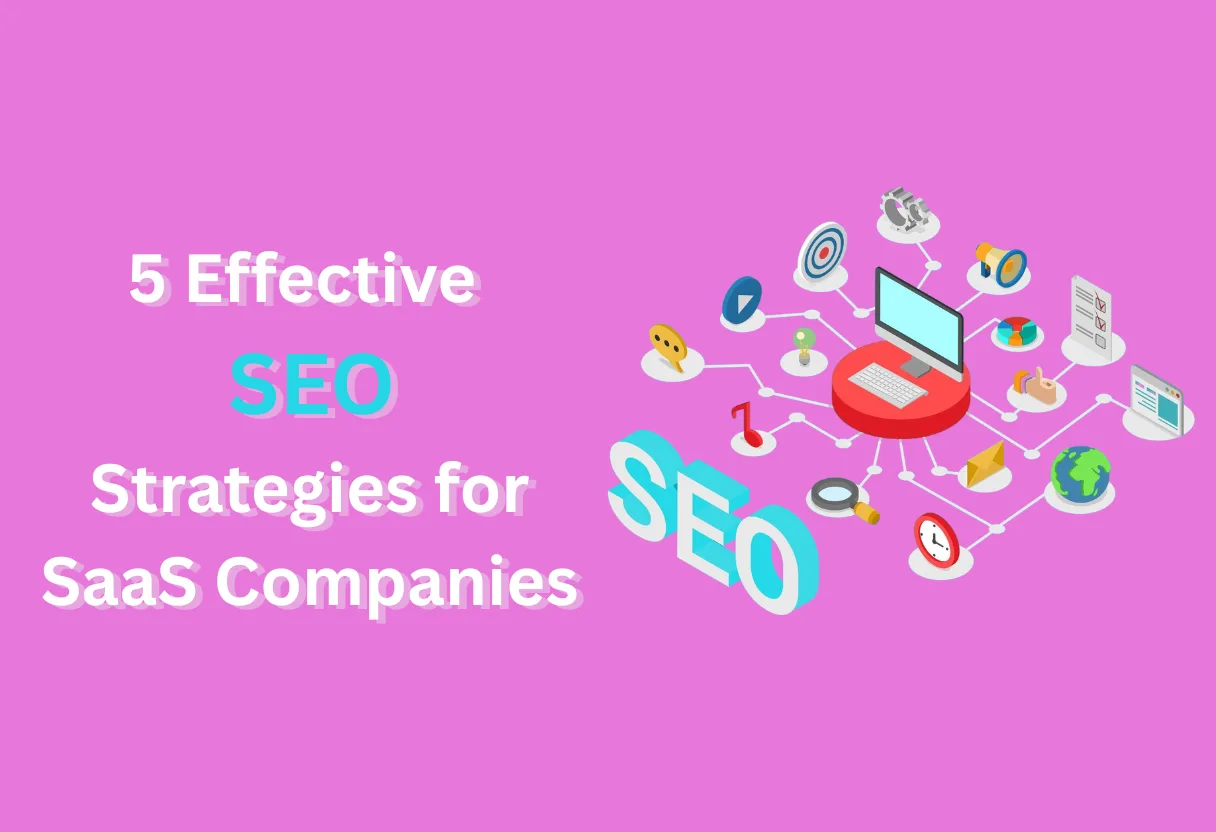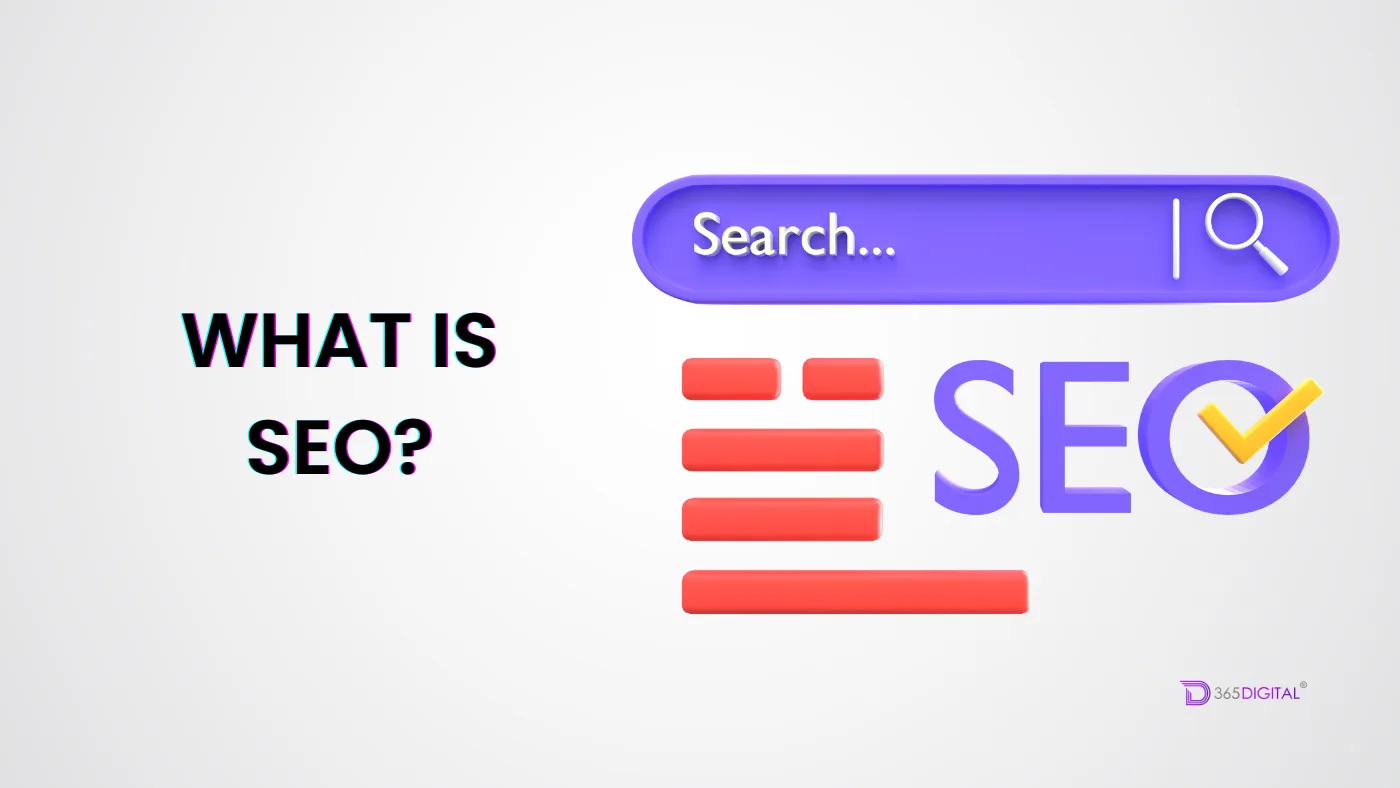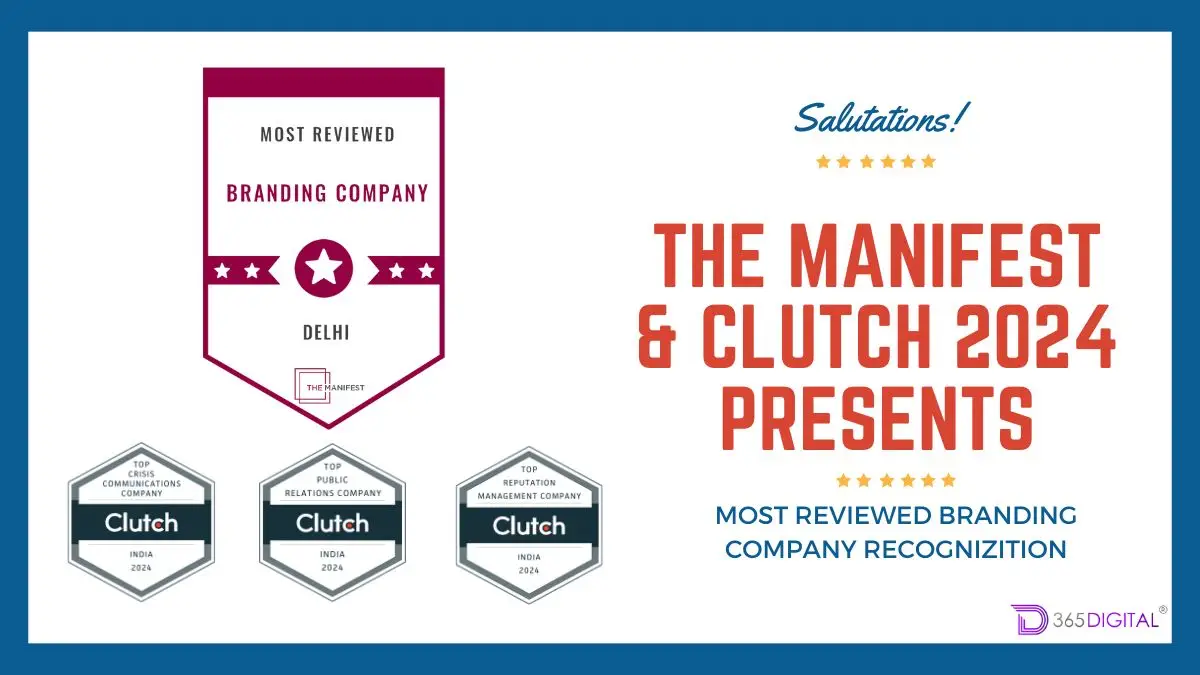It is obvious from examining the expansion, of some of the most prosperous SaaS business that their SEO approach is the primary factor for their success. No wonder, the number of companies are going up.
Imagine the number of SaaS companies in 2011? They were just 150. Come 2020, the number has gone up to 8000 and more. That is a 5000% increase in its number, btw.
There’s a crowd and cut-throat competition in the SaaS SEO world. So, the tactics of SEO which worked 10 years ago, don’t cut it now.
But first and foremost, let’s understand what SaaS SEO is and its significance in today’s digital marketing arena.
What Is SaaS SEO?
So, the first question that comes to our mind is, what is SaaS?
A method of distributing applications over the Internet as a service is known as software as a service (or SaaS).
In simpler terms, A SaaS provider is a business that hosts an application and makes it accessible to clients online. This implies that the user uses the software remotely while it is hosted on a server by a SaaS provider.
Then, what is SaaS SEO?
The process which brings organic traffic to the company’s website which gives SaaS and helps rank in SERPs is termed SaaS SEO.
This way you can subdue your less ‘sale-y’ approach and can position yourself as a thought leader and brand in the industry.
Why do we need any SaaS company to rank in SERPs?
As 31.7 percent of all clicks on search engine results pages go to the top result, which suggests it draws a significant amount of traffic.
Marketing, be it digital or conventional, is all about performance. But now we should change our focus from performance to bringing organic searches.
Organic searches can only come when there is a proper SEO strategy for SaaS Companies. But, first things first why do we need it.
Why Do SaaS Companies Need an SEO Strategy?
There are three important reasons why anyone needs a strategy in the first place. They are:
- SEO helps in reducing CPC (Cost-per-acquisition)
CPC is an effective tool to bring in customers, but it will remain in SERPs, as long as you are pumping in the money. Also, with time its value compounds. Thus being an expensive tool.
In this strategy, you have to pay for every single click which directs potential customers to the website. In that case, your CPC is going up and sometimes gets exhausted.
Also, there is difficulty in maintaining a standard CPC over months. But with SEO, it doesn’t increase with each click. SEO also diminishes usage of CPC with time
- SEO brings customers from other channels
A perfect SEO strategy starts with quality content. The quality content starts with quality backlinks. Solid content will help you also crack in quality keywords.
It can be used to promote postal campaigns, generate paid activity, or be a part of your social media strategy.
Quality content will bring in quality backlinks. Quality backlinks will bring in visitors and that will help in bringing more visitors from other websites.
- SEO helps in bringing exponential growth
When SaaS SEO is done in the right manner, it brings in exponential growth. Creating evergreen content will lead to content-leading growth. These strategies are used by various SaaS giants like Slack, Shopify, Dropbox, etc.
The right approach, such as marketing content to get backlinks, producing worthwhile material with the appropriate keywords, linking these created pieces of content, and producing content that targets particular age groups, can assist to increase organic traffic.
Now, we have established why we need an SEO strategy for SaaS companies in the first place. Let’s discuss the strategies to get the best 5 advantages of SEO for SaaS companies.
SEO Strategies for SaaS Companies
SEO strategies not only help you be ahead of the game but beat your opponent by a large margin. So it is a no-brainer to get hands-on with your business strategies and do a focussed discovery workshop on SEO.
Alongside that, numerous SEO strategies will help you in your entrepreneurial journey. Some of which are listed below.
1) Keyword Research
Keyword Research is a very broad term for SEO. It entails a lot of steps which are;
- Create a keyword list and analyze it.
- Prioritize your SaaS SEO keywords and phrases
- Map the keyword to SaaS buyer’s journey stages
Let’s understand these steps one by one.
The first step is creating a list of keywords. Pick any SEO research tool. In our case we are taking Google keyword planner. An easy tool to understand who is starting out in this business.
But before logging in to your Google Ads account, prepare an excel sheet where the first column denotes your website’s keywords. Next column will denote keywords which your competitors are rooting for.
After this, go to the tools icon in your Google ads account. Click Discover new keywords. There are 2 ways to discover keywords.
- Enter your domain name and enter a keyword which characterizes your product/service. Enter your domain name and Google will give keywords which are useful to you.
- Now enter your competitor’s url and and Google will give keywords pertaining to that site which helps them rank in SERPs.
The above exercise will give a variety of keywords and will help you in categorising your excel sheet.
The idea behind this exercise is to import every keyword in the sheet which has helped the website gain visibility. Be it seed keywords, CPC, volume, competitive density, etc.
Every data helps take us one step towards our 10 keywords which will help in our SEO game.
The second step is a bit time taking, but a crucial one. After importing all the data, highlight every column except for your website’s column and the competitor’s cloumn from where you are comparing your keywords.
Now rank each keyword from High to Low, based on competitive density or keyword density.
This task will give you 10-15 keywords which will give you your priority keywords. Repeat the prioritisation procedure, but this time with a column that associates each keyword with “Awareness,” “Consideration,” or “Decision.”
This is extremely helpful when creating web pages and landing pages or designing a content marketing plan. You can see how information fits together and if you’re leaning too much in one direction or the other by looking at the buyer’s path.
Apart from that there are a handful of terms which indicate the Decision stage. They are:
- “Software”
- “System”
- “Platform”
- “Program”
- “Tool”
- “Best”
- “Buy”
- NOT “Best Buy”
- “Pricing”
- “Review”
- “for [Industry]”
- “Alternative to [Competitor]”
These terms help in categorising the priority keywords.
2) Content Structure
The way you’ve organised your website’s material and linked it in the site’s main menus, navigational components, and deeper page link structures is known as the content structure.
One of the biggest problems in SaaS companies we work on is that they attempt to keep their websites as straightforward as possible. By this, I mean that they appear to believe that having fewer pages and links in their menu is preferable to having more.
Although I can see the logic in the concept, the users don’t share my sentiments.
Before leaving a website, the majority of people interact with a menu several times. They will interact with the menu and your site as a whole less frequently as the pages are fewer.
This doesn’t mean adding excessive content, that will lead to dilutions. Instead, you should organise your menu around a few key characteristics that clients typically consider when deciding whether or not a product like yours would satisfy their needs.
3) Link Building
Now, the site has proper content and we can start building links. The steps are-
- In one of the tools described above, gather information on contributors and create a list for outreach.
- Start your outreach by contacting writers at different publications using tried-and-true strategies.
- Create the content required to meet the contributor’s needs
- You now have a new link after it is published!
- Repeat the process with more publications. When you eventually go back and obtain more links from the same website, your link profile’s integrity will be strengthened
4) Repair Technical Issues
Though a lot of SaaS companies don’t need help in any technical issues, but some of them are:
- Site load time
One of the reasons for taking time in loading of sites is that user accesses your website through mobile devices on cellular network. So make sure you load your sites quickly.
- Broken pages
The codes you want to avoid like plaque is 404 and 500 errors. This will lower your ranking on Google and ultimately wipes off from the index.
- Duplicate Content
Problems with duplicate material are typically brought on by improper tag or category usage on blogs powered by WordPress.
- JavaScript inhibiting usability
Avoid overusing JavaScript to avoid impeding usability, concealing material, and destroying user engagement because Google is becoming more adept at indexing content in JS.
- Titles & META Descriptions
The call-to-action in the META description and the length of the Title tag (preferably between 50 and 60 characters) are two of the most crucial factors to take into account.
Additionally, you should start your title tag with your target keywords and generally use no more than one keyword phrase per title tag to avoid confusing Google about the page’s intended audience.
Technical optimization is mentioned as one of the important factors to drive ranks in SaaS SEO methods.
Execute your SaaS SEO strategy (the 70/20/10 rule)
You should never ignore on-page SEO. Implement your SaaS SEO strategy using the following strategy:
70 percent – Your content strategy and on-page optimization will produce 70 percent of your results.
20 percent – A strong internal linking structure, repairs for broken links and errors, and improvements to website load times will give you the extra 20 percent.
10% – The final 10% will see diminishing results from the labor-intensive backlink development, social media campaigns, etc.
With the help of content and interlinking, in no time you will reap results and get top ranking in SERPs.
Phew, that is a lot to take in. But there would still be questions on your mind regarding SEO strategies. Don’t worry we have covered it all.
So here are 5 FAQs that will help solve your questions.
Frequently Asked Questions
1) What are some things to avoid when implementing SEO for a SaaS company’s website?
The mistakes which should be avoided at all costs are:
- At All Costs, Avoid Duplicate/Spun Content.
- Avoid putting too many advertisements above “The Fold”
- Useless Hidden Text And Links
- Keep an eye out for user-generated spam.
- Avoid cloaking; combat negative SEO; follow the rules for link creation; etc.
- You must earn links rather than purchase them.
- You must not abuse anchors to float or utilize guest posting as a technique to pack links.
- When creating links, avoid link exchanges and look for high-authority websites.
- You must not build private blog networks or rely on automated comments to gain links
2) How can you measure the success of your SEO efforts?
There are numerous ways to track your metrics, but a few of them are as follows:
- Organic traffic
- Keyword Ranking
- SERP visibility
- CTR ( Click-Through-Rate)
- Bounce rate
- Website Authority Over time.
- Backlinks
- Page Speed and time spent on Page
- Conversion Rate
3) Who Should Implement the SaaS SEO Strategy?
Though it can be done by oneself, it would be wise to hire an experienced SEO agency/professional who knows how to bring in the business.
4) What if the post I’m optimizing is more than a few years old?
If the page is still not performing well enough, it is best to perform some off-page optimization. Think about adding some backlinks to it.
Apart, from that you can adopt these methods, which are:
- Find your pages with greater rankings.
- Establish conversion monitoring.
- Optimize calls to action within articles.
- Take a look at your organic rivals.
- Think of more approaches to engage your users.
5) How do you optimize images in SaaS websites?
- Start with quality images. Making the appropriate image is the first step in creating great SaaS photography.
- Display your products from a variety of perspectives.
- Use white for your software’s screens and backdrops.
- Save your photos in the appropriate sizes.
- Utilize the appropriate image formats to speed up website load times.
Conclusion
The approach to SEO feeds into many other things. The results can seep into the SaaS content marketing strategy, paid ads, and overall marketing strategies of the company.
This gives you an area of topics where you can find opportunities, get quick results and grow your business on the go. Build a world-class strategy with the help of these 9 steps.
- Set your Goals and KPIs ( key performance indicators)
- Define your customer personas
- Analyze your direct and indirect competitors
- Identify the challenges faced by personas and build a keyword strategy
- Define keywords to optimize your landing pages
- Build out a comparison keyword strategy
- Create better content than your competitors
- Execute (the 70/20/10 rule)
- Promote your content to earn Backlinks.
Keep in mind that SEO is a continuous activity, and SaaS SEO is quite challenging. So that you may provide high-quality results and increase revenue, your SEO strategy should be constantly checked for relevance and advancements.







